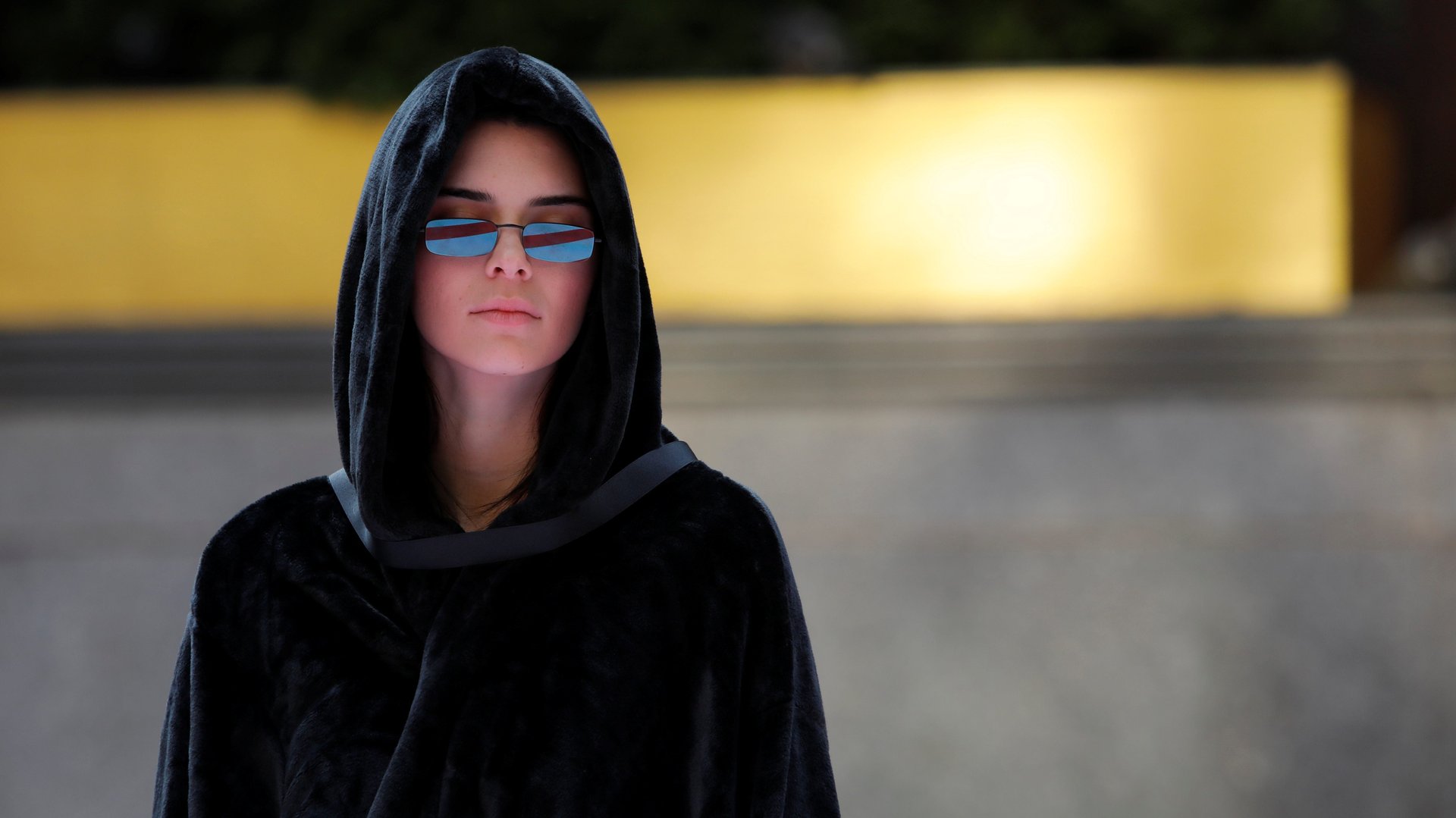The shelter-at-home era poses a fundamental challenge to fashion
Clothing serves a variety of purposes. It can keep us warm, protect us while we work, or help us stay cool and dry when we sweat. Much of the clothing we buy in wealthy consumer cultures, however, has a less explicitly practical use: We wear it to be seen in.


Clothing serves a variety of purposes. It can keep us warm, protect us while we work, or help us stay cool and dry when we sweat. Much of the clothing we buy in wealthy consumer cultures, however, has a less explicitly practical use: We wear it to be seen in.
Keeping up with trends usually has little to do with their utility, after all, and our notions of taste and propriety in clothes, which dictate what we wear in the workplace or to a social event, rest on the images they communicate to their beholders. Even those who dress according to their own preferences typically do so as self-expression, an act that presumes an audience.
The pandemic, though, has forced a large-scale retreat from public spaces, closing many of the venues our audiences would normally occupy, including offices, events, or just crowded city streets. If so much of fashion exists for the eyes of others but nobody is there to see it, what purpose does it serve? It’s a question shoppers and fashion businesses are having to confront as Covid-19 roils the fashion industry.
Many companies that normally cater to shoppers looking to convey an image are feeling the impact. Makers of dress shoes, such as stiletto specialist Jimmy Choo, have experienced a slowdown. Men’s suits, which were already struggling against a long-term shift toward casual clothing, are in free fall.
Revolve is an online fashion retailer known for its heavy use of influencers and serving the sort of customers who live to be snapped by a camera. “The product mix is centered around going out and dresses historically,” CFO Jesse Timmermans said during a Dec. 9 presentation to investment bank Barclays. “When Covid hit, we went from growing 20% to minus 50% almost overnight in that mid-March time frame.” The company has been buoyed by shoppers spending on other categories, such as activewear and beauty, and sales of dresses crept back up as US states reopened following shutdowns. But the company stumbled again in June as new cases spiked.
In the New Yorker, writer Rachel Syme recently described her own effort to keep her look presentable despite being stuck at home. In March, after the pandemic began its spread through the US, she tweeted the request that users dress up on Sundays and post photos of themselves with the hashtag #distancebutmakeitfashion. “But, as quarantine stretched on, I stopped posting,” she wrote. “It seemed futile to fight the entropic pull toward Lycra spandex. I quietly closed the closet door on my dresses and glitter boots and structured jackets and instead began raiding my ‘soft drawer,’ where I keep balled-up elastic-waist pants and long, shapeless caftan-type garments.”
Many shoppers have apparently felt the same way. Activewear has been one bright spot in the fashion gloom as interest in health and wellness continues to rise and homebound workers trade their business casual for plain casual.
Few fashion companies were spared
The past year has been the worst in fashion’s modern history. A joint report by McKinsey and the trade publication Business of Fashion found that nearly 75% of listed fashion companies lost money over the year. “Few fashion companies were spared from a fall in consumer spending as demand for discretionary goods plummeted during global lockdowns,” it said.
That term “discretionary” is key. Clothing may be a basic necessity, but our purchases of it are largely detached from need. The pandemic quickly revealed where it ranks on shoppers’ list of priorities. In the US, clothing was one of the categories to see the steepest drop in sales this holiday season versus last, according to data from Mastercard. Furniture and home improvement products, by contrast, saw sales jump as Americans devoted more dollars to their private spaces.
In China, consumer spending is on the rebound, which should help to prop up at least some of the fashion industry, notably the luxury segment. But the pain isn’t over. The McKinsey and Business of Fashion report predicts fashion will see diminished demand through 2021 and beyond, as a global recession and rearranged priorities shrink the pool of money shoppers will devote to clothes.
Covid-19 won’t end fashion
Fashion’s outlook isn’t terminal. In a recent piece for the New York Times, Rhonda Garelick, dean of the School of Art and Design History and Theory at Parsons in New York, pushed back against the notion that Covid-19 might kill fashion. “This is because fashion is integral to our existence, not an irrational indulgence,” she wrote. “It springs from deeply rooted impulses to adorn the self, to communicate sensuously, to participate in the social collectivity and lend it shape and legibility.”
There are various theories as to why humans started to wear clothing in the first place, but display and adornment probably became important functions early in clothing’s evolution. Communicating our identities and shaping how others view us are vital functions of clothing—and those needs aren’t going away anytime soon.
Eventually, when life returns to normal, we will make them priorities again, perhaps with a bit more stretch and comfort in the mix. But for now, with offices closed, events canceled or postponed, and social gatherings restricted, our image-making is on pause, and with it much of fashion.